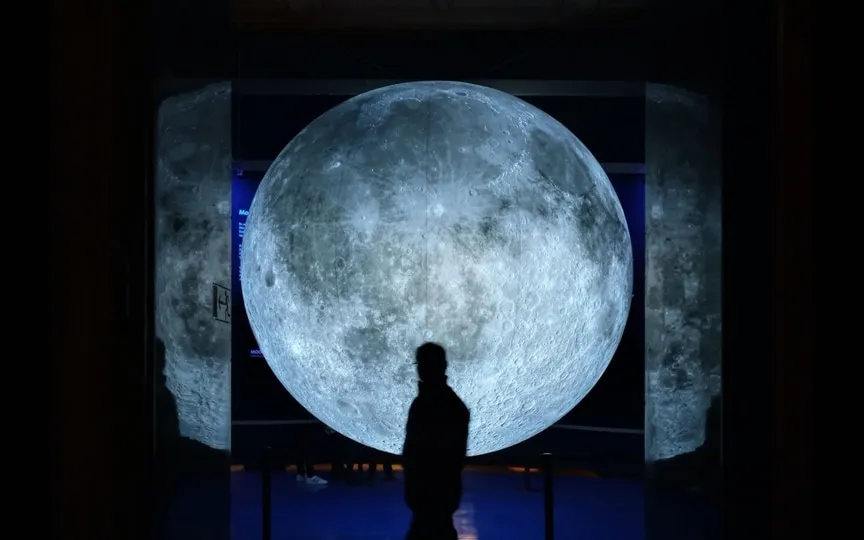Apollo 17 mission reveals Moon’s age, disproving prior beliefs
Do you ever ponder about the formation of the Moon? The precise age of our celestial satellite remains unknown, but a group of scientists has made progress in determining its age by analyzing lunar dust samples collected during NASA’s Apollo 17 mission. This recent research has potentially debunked previous theories and shed light on the Moon’s true age. Find out what these findings reveal.
How old is our moon?
More than 4 billion years ago, in the early stages of our solar system, a Mars-sized object collided with Earth, leading to the formation of our Moon, according to a widely held theory. The exact timing of this celestial collision has long been the subject of scientific intrigue. However, a groundbreaking study published in the journal Geochemical Perspectives Letters led by researchers from the University of Chicago and the Field Museum sheds new light on the age of the moon. Scientists have reduced the age of the moon to at least 4.46 billion years by analyzing moon crystals found during the Apollo 17 mission in 1972.
We are now on WhatsApp. Click to join.
According to a UChicago News report, the key to this recent discovery lies in zircon crystals found in lunar dust collected by the Apollo astronauts. These crystals, known as lunar zircon grains, offer a glimpse into the moon’s history. They are the oldest known solids to have formed after an impact, making them important anchors in understanding lunar chronology.
Dr. Philipp Heck, Robert A. Pritzker Curator of Meteorology and Polar Studies at the Field Museum and Professor at the University of Chicago, commented on the significance of these lunar crystals, stating, “These crystals are the oldest known solids that formed after the Moon. And because we know how old these crystals are , they serve as an anchor for lunar chronology.”
To determine the age of these lunar zircon crystals, the researchers used a state-of-the-art analytical technique called atom probe tomography. This method involved sharpening a lunar sample into a sharp tip and using UV lasers to evaporate atoms from its surface. A mass spectrometer then measured the speed of these atoms, giving an idea of their composition. Crucially, it revealed how many atoms in the zirconium crystals had undergone radioactive decay. As the unstable atoms decay over time, their composition changes, allowing scientists to calculate the age of the crystals.
One more thing! ReturnByte is now on WhatsApp channels! Follow us by clicking the link to never miss any updates from the world of technology. Click here to join now!




